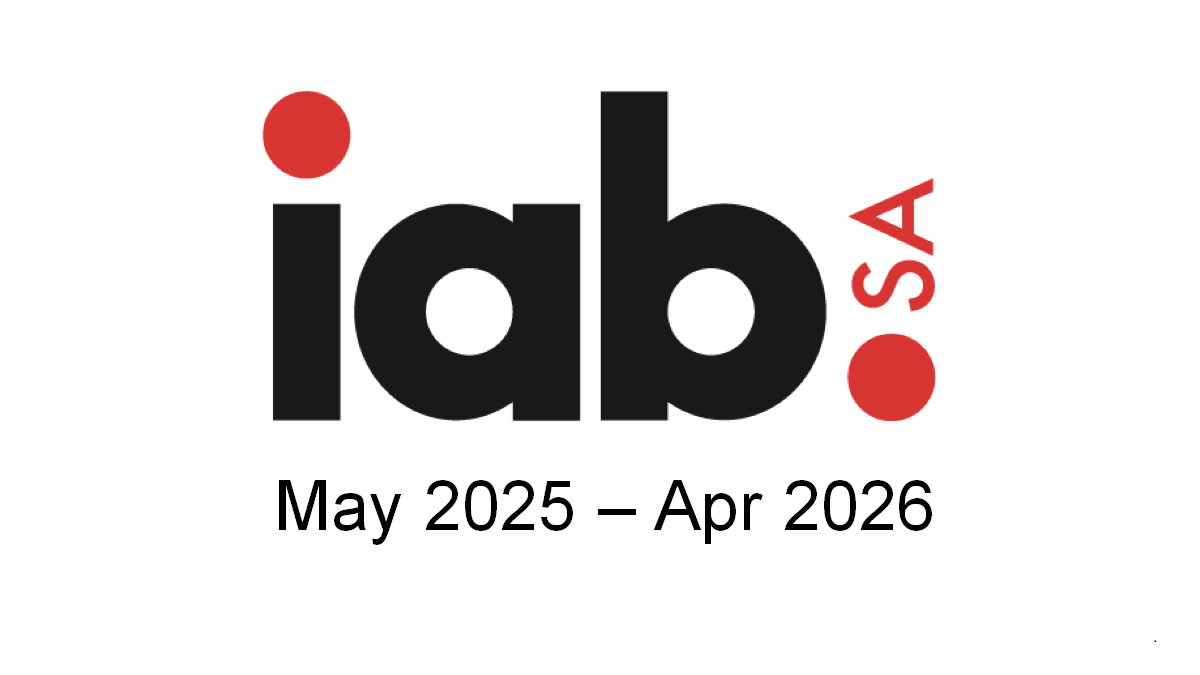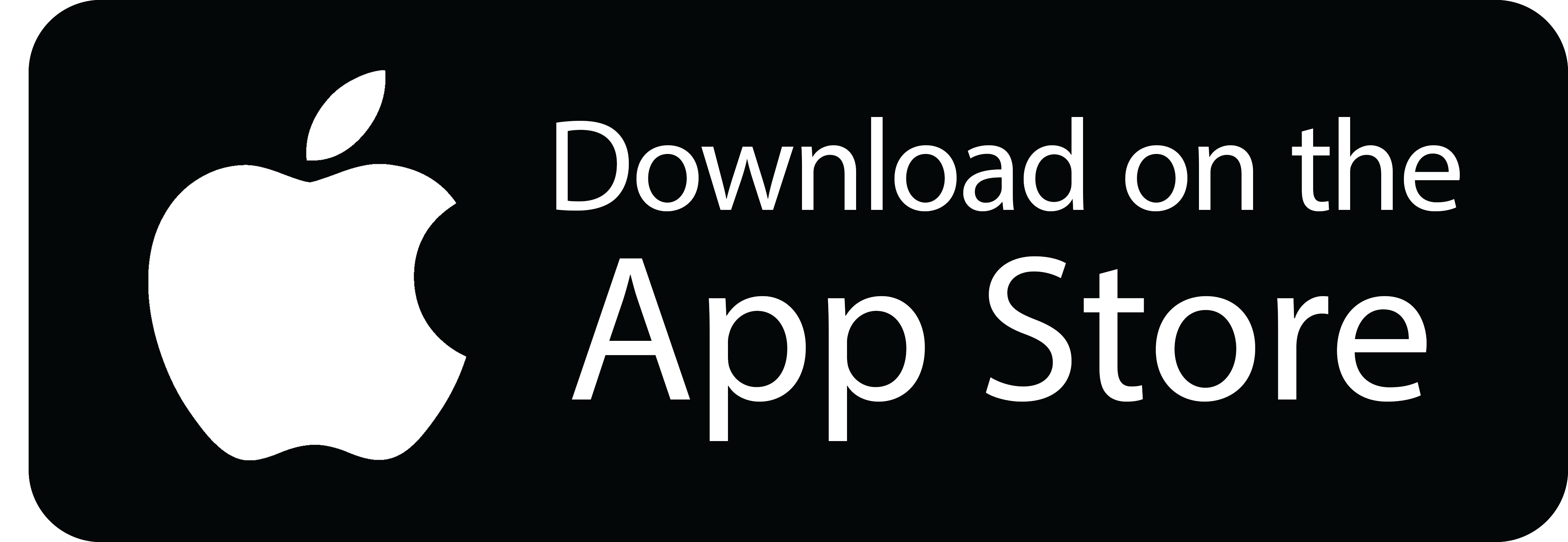By Mase Leshilo and Rakgwatha Mokou
According to the South African Federation for Mental Health, about 13% of employees in SA live with a diagnosed mental health condition, while over a third of workers experience excessive daily stress. This is coupled with a global estimation of 12-billion working days lost each year due to anxiety and depression.
This may explain the collective frustration with the sluggish and almost non-existent service delivery in our country.
Employees are the outcome of the environments they find themselves in. This is in no way a defence for the lack of service delivery but instead a challenge to view the value chain of service delivery in its totality. A larger portion of the work environment in South Africa is plagued by employee grievances, including but not limited to: unsafe work conditions, unfair labour practices, victimisation, and unfair labour policies and procedures.
These in turn lead to decreased productivity, increased sick-related absenteeism, and poor work quality – all of which affect service delivery.
The unpopular fact is that employees are themselves clients to their work environment, which has a legal responsibility to ensure the safeguarding of their employees’ mental health. The treatment they receive often influences how they will treat others, exemplifying the classic input-output relationship.
Most organisations place customer-facing employees at the bottom of the hierarchy, denying them basic rights like freedom of expression and/or fair working conditions.
In most systems, there exists a class divide, with the expectation for the lower class to ignore oppressive behaviour. Organisations often exacerbate this by restricting communication to a “need-to-know” basis, which prevents employees from voicing their analyses of the organisation’s blind spots.
In most cases, those who are brave enough to speak up are often silenced, thus perpetuating the unfair treatment. Always remember, everyone on board plays a crucial role in keeping the ship afloat.
Thankfully, this phenomenon is treatable through open, transparent communication. Through communication, employees are engaged and integrated into the larger picture of their respective organisation. This can only be made possible by communication practitioners, who have the duty of applying techniques and methods that help them support the missions and overall business goals of their organisations.
This means, rather than being perceived as a remedial tool, effective internal communication should be viewed as a foundational element that drives distributed leadership and encourages a bottom-up flow of ideas. In this light, every employee is seen not just as a recipient of information but also as an active contributor.
By investing in and instituting a consistent, transparent two-way communication channel, organisations can actively engage employees and provide them with the support they need. This could start with a structured internal communication and wellness process that is not only supported by executive management but is equally driven by employees.
Through these engagements and more, our labour systems will begin to adopt and prioritise the concept of synergy – the combined power of a group working together that exceeds the total power achieved by each individual working alone.
In other words, we need to abandon the top-down approach, which prioritises managerial input over that of junior employees. All this creates a despondent, demotivated and resentful labour force that only prioritises what’s on their list of responsibilities rather than actively engaging in ways to improve their conditions and environments.
When employees know that their concerns and contributions are heard and valued, morale improves, which ultimately improves job satisfaction and performance, which subsequently enhances service delivery at large. A workplace that prioritises communication fosters a sense of belonging among its employees and aligns them towards a shared goal.
Keeping up with employee trends, such as hybrid work, adding on-site day care for new parents, and offering incentives such as working from home for high-performance employees, may be a quick win for all concerned.
- Leshilo is a communicator, a writer and researcher. Dr Mokou (PhD) is a social commentator, researcher and a communicator



